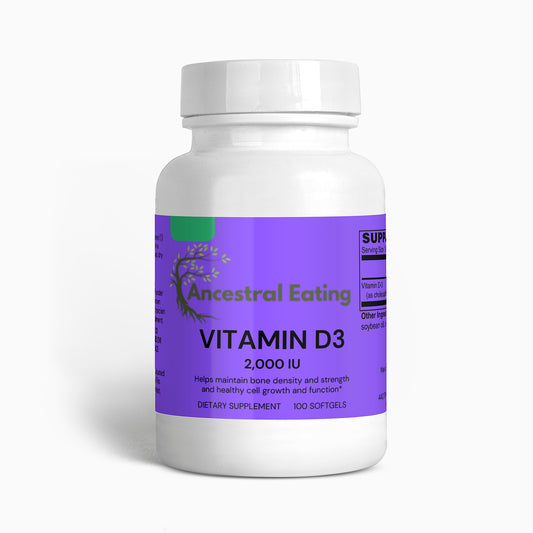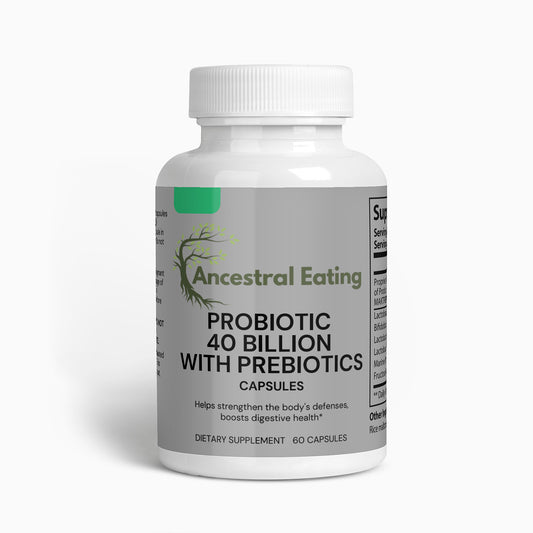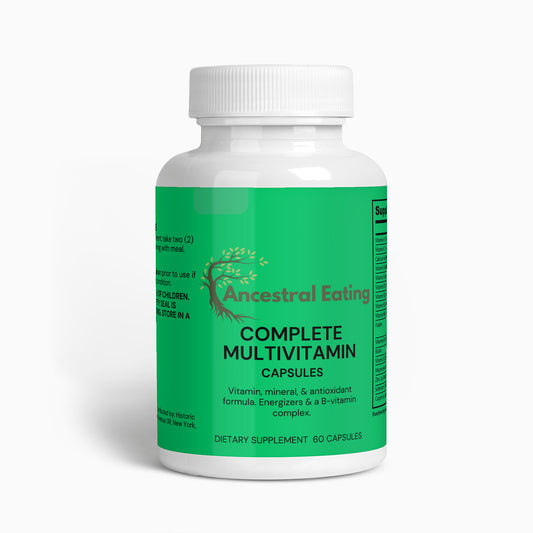Latvia, situated in the Baltic region of Northern Europe, has a rich and diverse culinary history that reflects its geographic location, historical interactions, and agricultural heritage. Over the past 500 years, Latvian cuisine has been influenced by neighboring countries like Russia, Germany, Sweden, and Poland, but it also has unique elements rooted in its own traditions. Here's an overview:
Staple Foods
- Rye Bread: Dark and often sour, rye bread is a staple of Latvian cuisine.
- Potatoes: Consumed in a variety of forms, including boiled, mashed, or as pancakes.
- Barley and Oats: Used in porridges and soups.
Proteins
- Pork: The most commonly consumed meat, found in various dishes.
- Fish: Especially herring, pike, and perch, smoked, pickled, or fried.
- Dairy: Cheese, curds, and sour cream are important elements.
Vegetables and Fruits
- Cabbage: Prepared in various ways, including sauerkraut.
- Beets: Common in soups like borscht and also as a pickled side dish.
- Berries and Mushrooms: Foraged seasonally and used fresh, dried, or preserved.
Legumes and Nuts
- Peas and Beans: Often used in soups or mashed as a side dish.
- Hazelnuts and Walnuts: Found in desserts and pastries.
Spices and Seasonings
- Dill: A commonly used herb, especially in fish dishes and salads.
- Caraway Seeds: Used in bread and cheese.
- Onions and Garlic: Used for general seasoning.
Traditional Dishes
- Rosols: A potato salad with root vegetables and meat or fish.
- Sklandrausis: A sweet pie made of rye dough filled with potato and carrot or pumpkin mash.
- Piragi: Crescent-shaped yeast dough pastries filled with pork, bacon, or other fillings.
- Kāpostu tīteņi: Cabbage rolls stuffed with meat and rice.
Sweets and Desserts
- Maizes zupa: A rye bread soup flavored with dried fruits and sometimes cream.
- Alexander Torte: A pastry filled with raspberry or currant preserves.
- Buberts: A semolina-based dessert often served with berry sauce.
Beverages
- Beer: The most popular alcoholic beverage, often brewed locally.
- Kvass: A fermented bread-based drink.
- Balzams: A traditional herbal liqueur.
Foreign Influences and Modern Foods
- German Influence: Sausages, pastries, and some cooking methods reflect German influence.
- Russian Influence: Borscht, kvass, and some pickling techniques have Russian roots.
- Swedish and Polish Influences: Some fish dishes, stews, and spices.
- Modern Cuisine: Global foods like pizza, burgers, and sushi are increasingly popular, especially in cities like Riga.
Latvian cuisine is characterized by hearty, filling dishes meant to sustain people through cold winters and busy agricultural seasons. Over the past 500 years, the food landscape has seen both the preservation of traditional recipes and the incorporation of foreign influences, making for a diverse and rich culinary culture.






